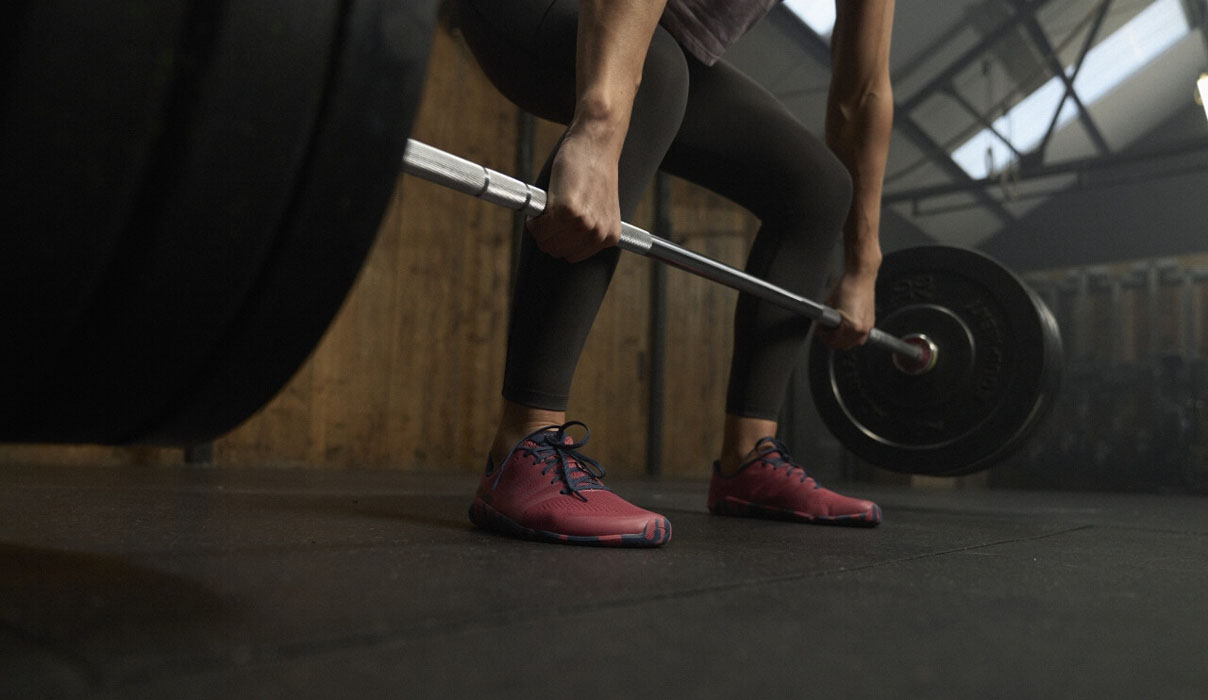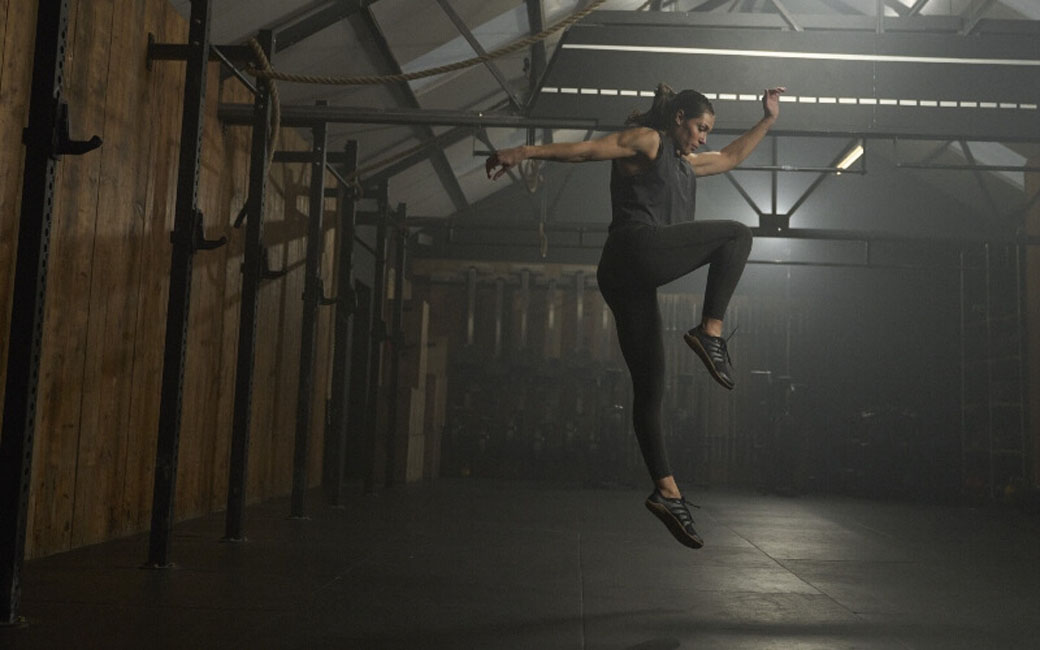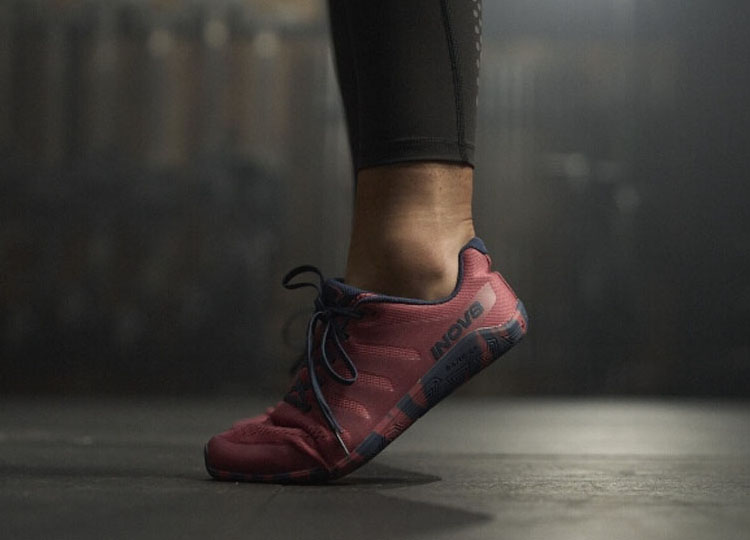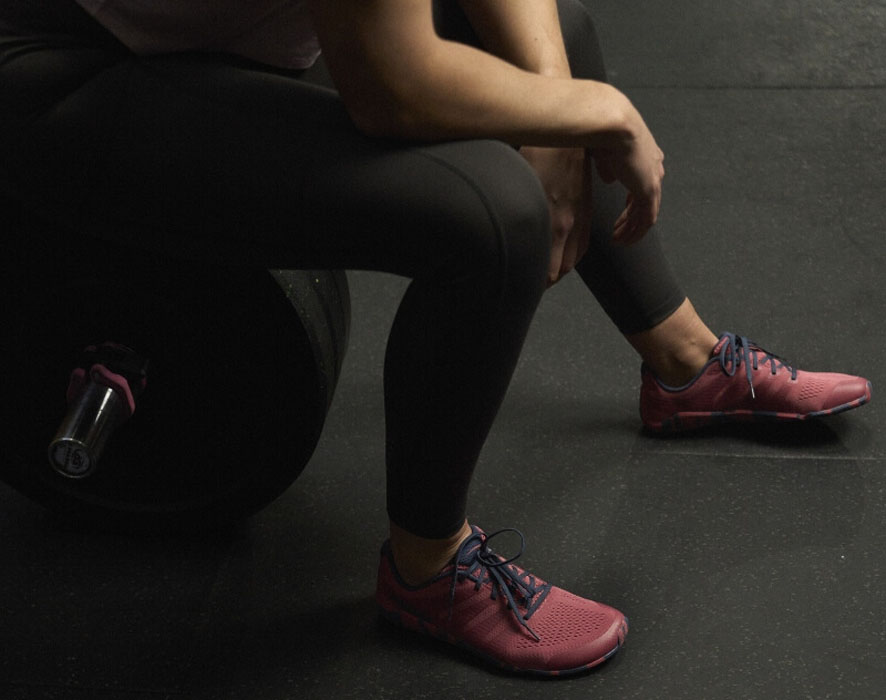
Unless you actively exercise the hundreds of intrinsic muscles, tendons, and ligaments in your feet, modern shoes have, arguably, made our feet weak. Barefoot shoes have gained popularity in recent years as an alternative to traditional athletic footwear; they are designed to mimic the feeling of being barefoot while still providing some level of protection.
There are 26 bones in the human foot and that makes up a quarter of the body, so it makes sense for us to think about what shoe we're putting on them.


The science of barefoot shoes
Heel strike. Forefoot strike. Barefoot. Everyone has an opinion on what your foot should be doing, how it should be hitting the ground, and how much midsole you need in your training footwear. With all of these opinions and endless options, confusion around what you need and want is very common.
We believe that everybody has different feet and therefore different needs. One study shows that habitual barefoot walkers show considerable anatomical and functional differences [to those who wear 'normal' shoes]. It is important to note that there is a distinct lack of evidence from high-quality studies to draw definitive conclusions about the risks or benefits of training barefoot. However, there is a myriad of anecdotal evidence and some studies that do show that barefoot training (including walking and running) may be good for our feet.


Top reasons to wear barefoot shoes
With this in mind, these are our top reasons barefoot training might be right for you:
- Natural Foot Mechanics: Barefoot shoes encourage a more natural way of walking and running. They may allow your feet to move and flex as they were intended to, potentially promoting a more efficient and biomechanically sound stride. This may help reduce the risk of certain injuries caused by unnatural movement patterns.
- Improved Balance and Proprioception: With less padding and a lower profile, barefoot shoes are designed to allow your feet to sense the ground more effectively. This may improve proprioception, which is your body's awareness of its position and movement in space. Better proprioception helps to enhance your balance and stability during various exercises.
- Helps Strengthen Foot Muscles: Traditional shoes with cushioning and arch support may lead to weakened foot muscles over time. Barefoot shoes, on the other hand, help to engage the muscles in your feet and lower legs more actively as they provide minimal support. It's possible this contributes to stronger feet and a more stable foundation for your movements.
- Helps to Promote Natural Arch Development: Arch support in regular shoes may lead to the weakening of the foot's natural arches. Barefoot shoes are designed to allow your arches to function naturally, which can help prevent arch-related issues and provide better shock absorption.
- Designed to Encourage Proper Running Form: Many runners find that barefoot shoes encourage a more forefoot or midfoot strike pattern when running, as opposed to the heel strike common in traditional running shoes. Forefoot and midfoot striking can reduce the impact forces transmitted through the body, potentially lowering the risk of injuries like shin splints and knee pain.
- Sensory Feedback: Barefoot shoes are intended to provide a greater level of sensory feedback from the ground, allowing you to adjust your movements and posture in response to different surfaces. This sensory input can improve your overall body awareness and help you adapt to varying training environments
- Versatility: Barefoot shoes can be used for various types of training, including weightlifting, running, bodyweight exercises, and even casual walking. Their minimalist design makes them versatile for different activities.
It is important that if you want to make the transition to barefoot shoes and you are used to wearing traditional shoes with the structure and support, that you take it slowly to avoid the risk of injury. Read on to read our advice on how to make the transition to barefoot shoes.


How to transition to barefoot shoes
If you are looking to make the move to barefoot shoes from standard training and running shoes, a proper transition is essential. Here are our top tips:
- Don't just 'rip off the band-aid' and make the transition in one go. Your feet (and ankles, knees, and back) will not thank you. Gradually increase your time spent in the shoe around the house and out-and-about.
- Try low-impact work like squats, lunges, bodyweight, and resistance training before jumping into and high-impact training. This will allow all the muscles to get used to different mechanics and start building strength.
- Practice foot-strengthening exercises when you are actually barefoot.
- Use a minimal shoe as a transition shoe to get your feet used to slightly less support. The INOV8 F-Lite 245, with a 3mm drop, is a great option that has a close-to-ground feel but with slightly more support than the barefoot shoe. Training in this shoe before committing to completely barefoot will aid in accustoming your feet to the change in force and mechanics.
- Mobility, mobility, mobility. One of life's most underrated things; mobility and flexibility underpin everything else that you train for. Prioritise mobility.
Finally, these reasons do not substitute for medical advice from a licensed professional. Transitioning to barefoot shoes or adopting a more minimalist approach should be done gradually. Your feet and body need time to adapt to the different mechanics and pressures. If you're considering switching to barefoot shoes, it's a good idea to consult with a healthcare professional, such as a podiatrist or physical therapist, especially if you have any pre-existing foot conditions or concerns.


